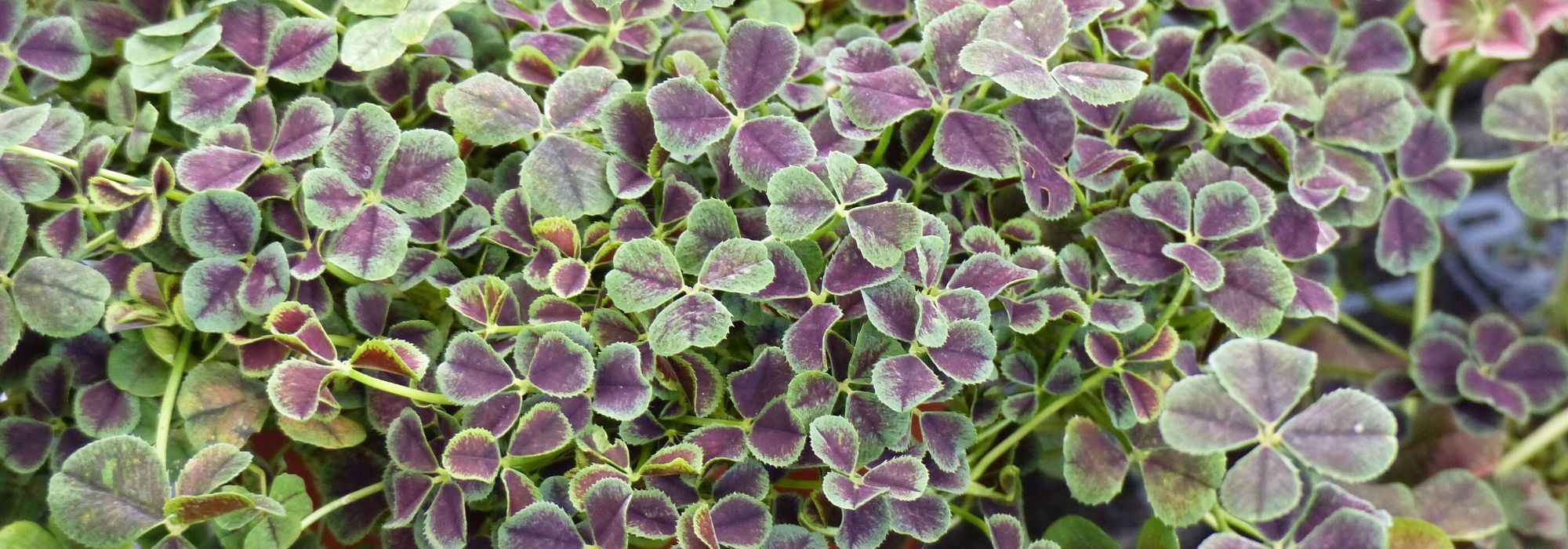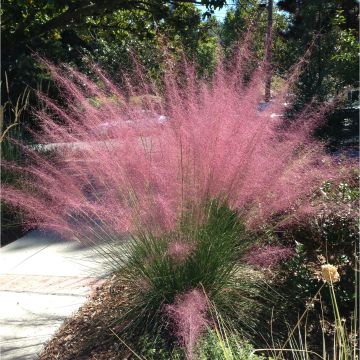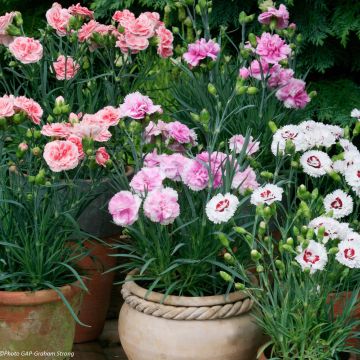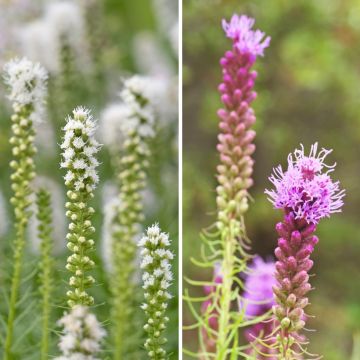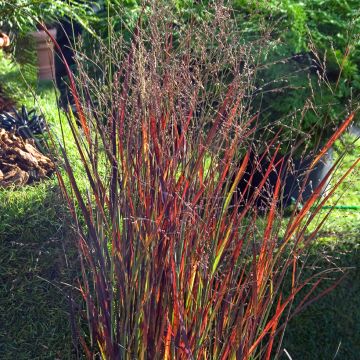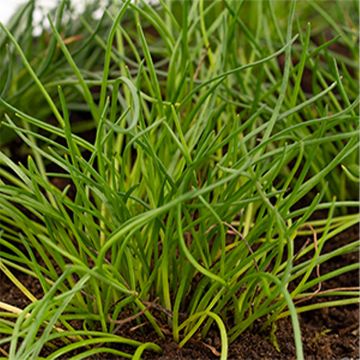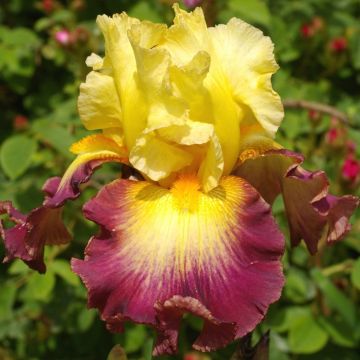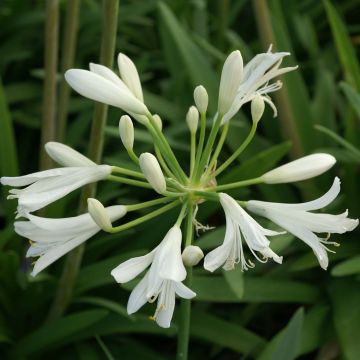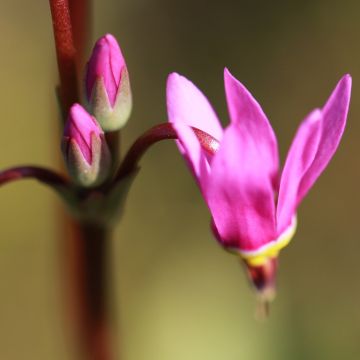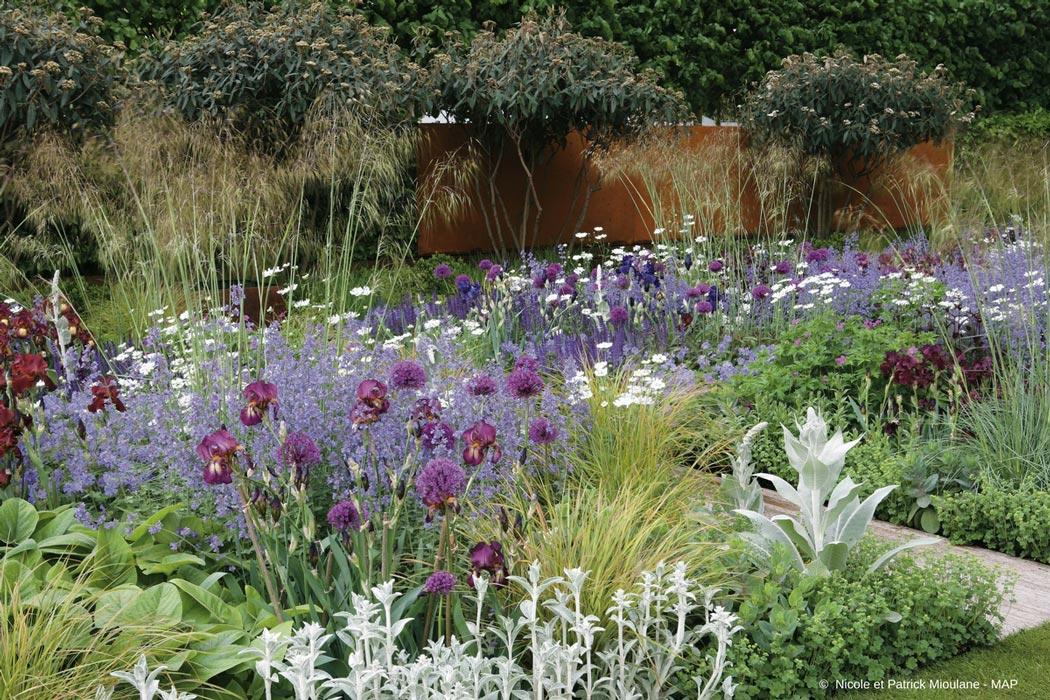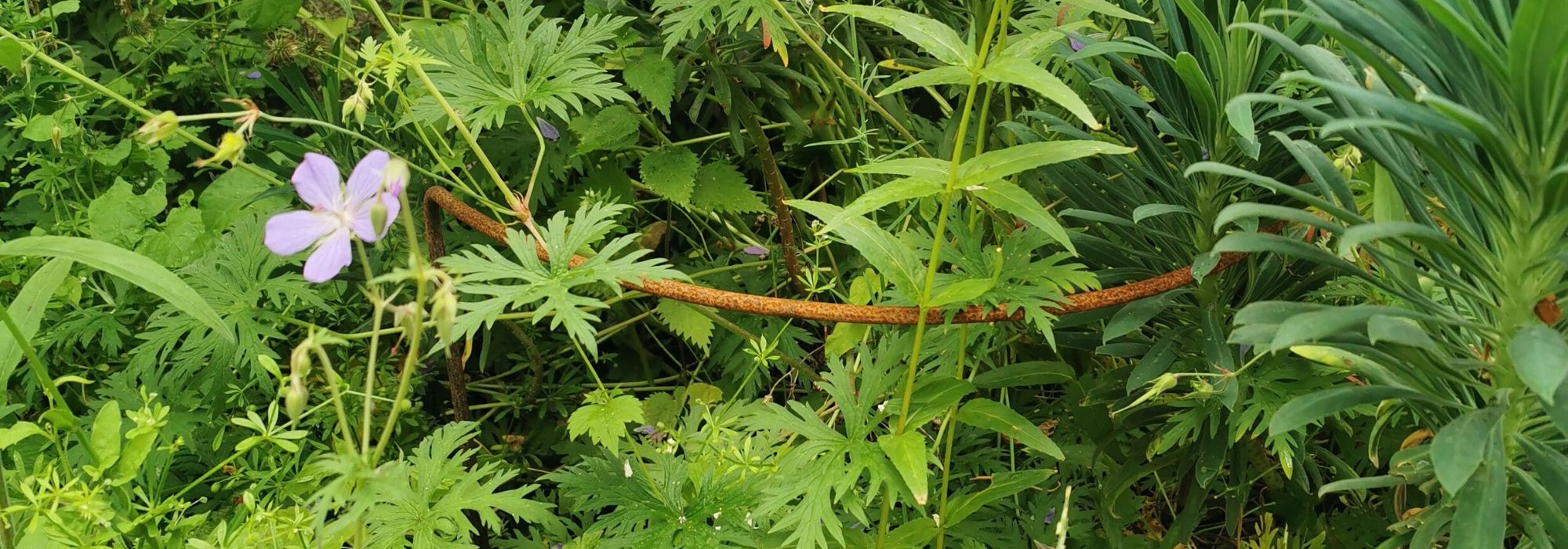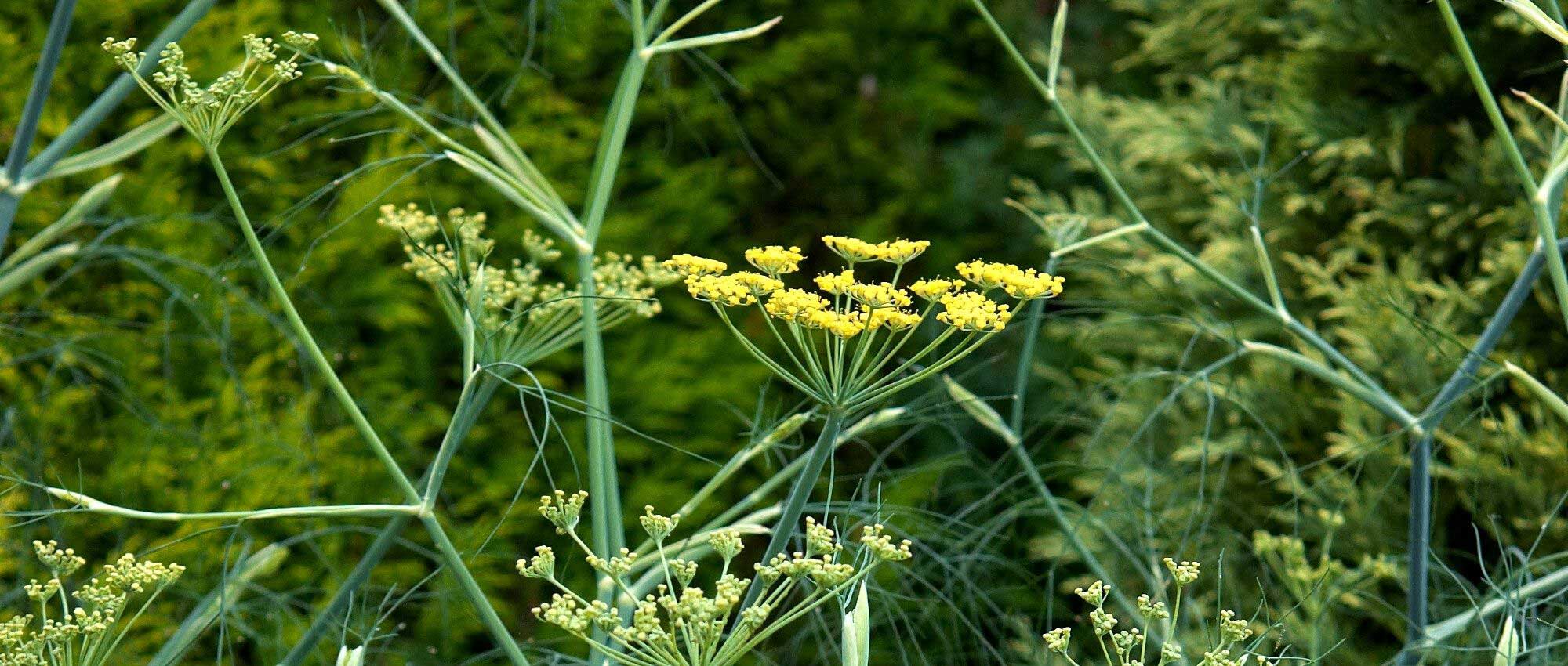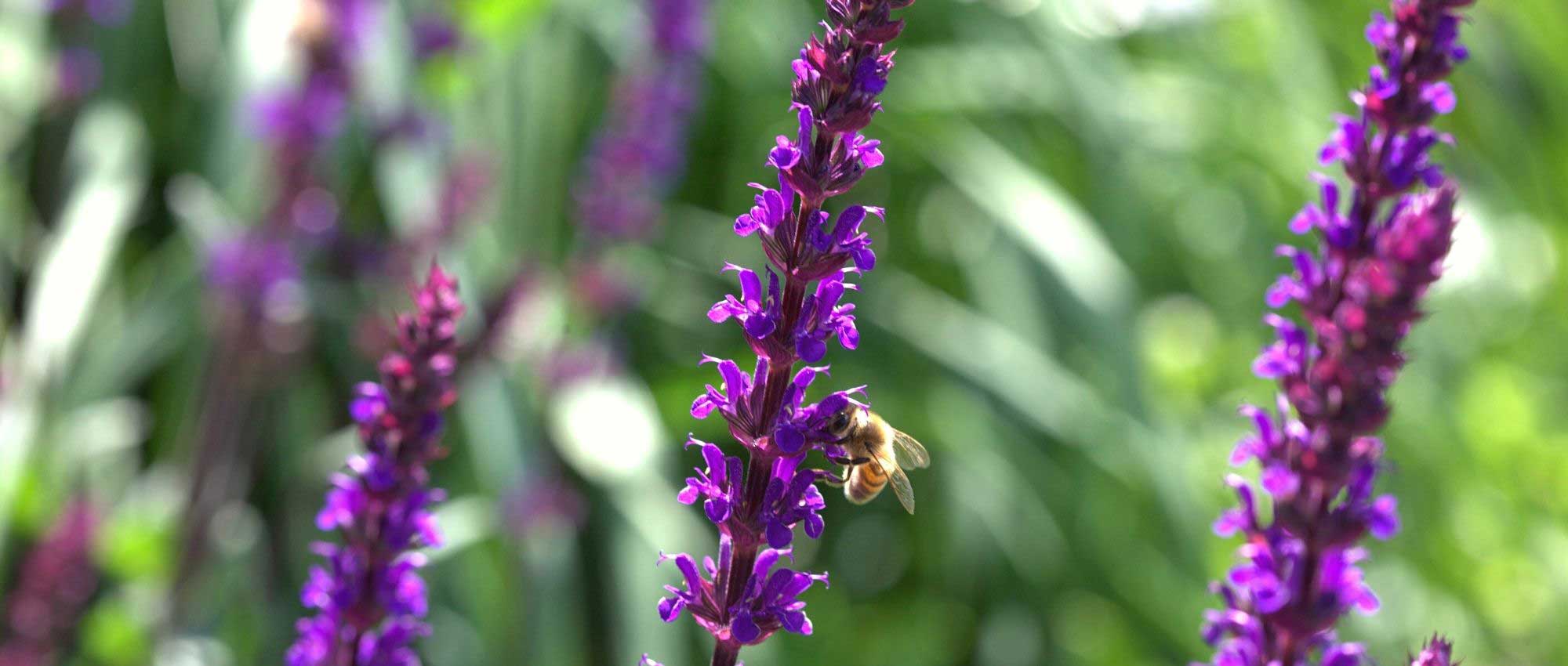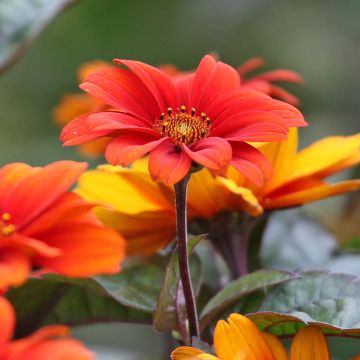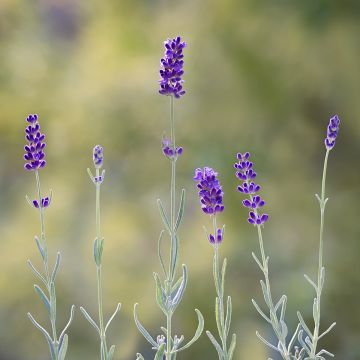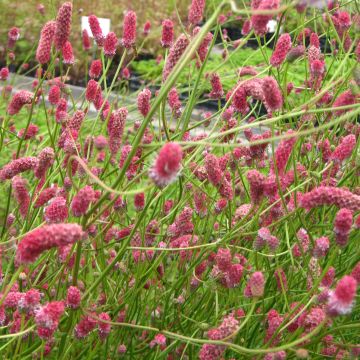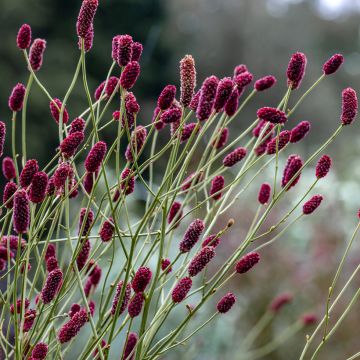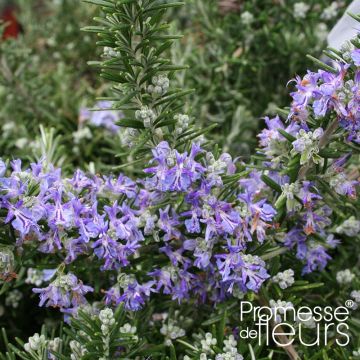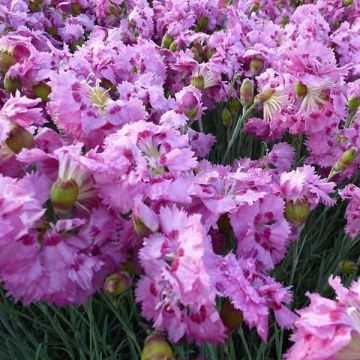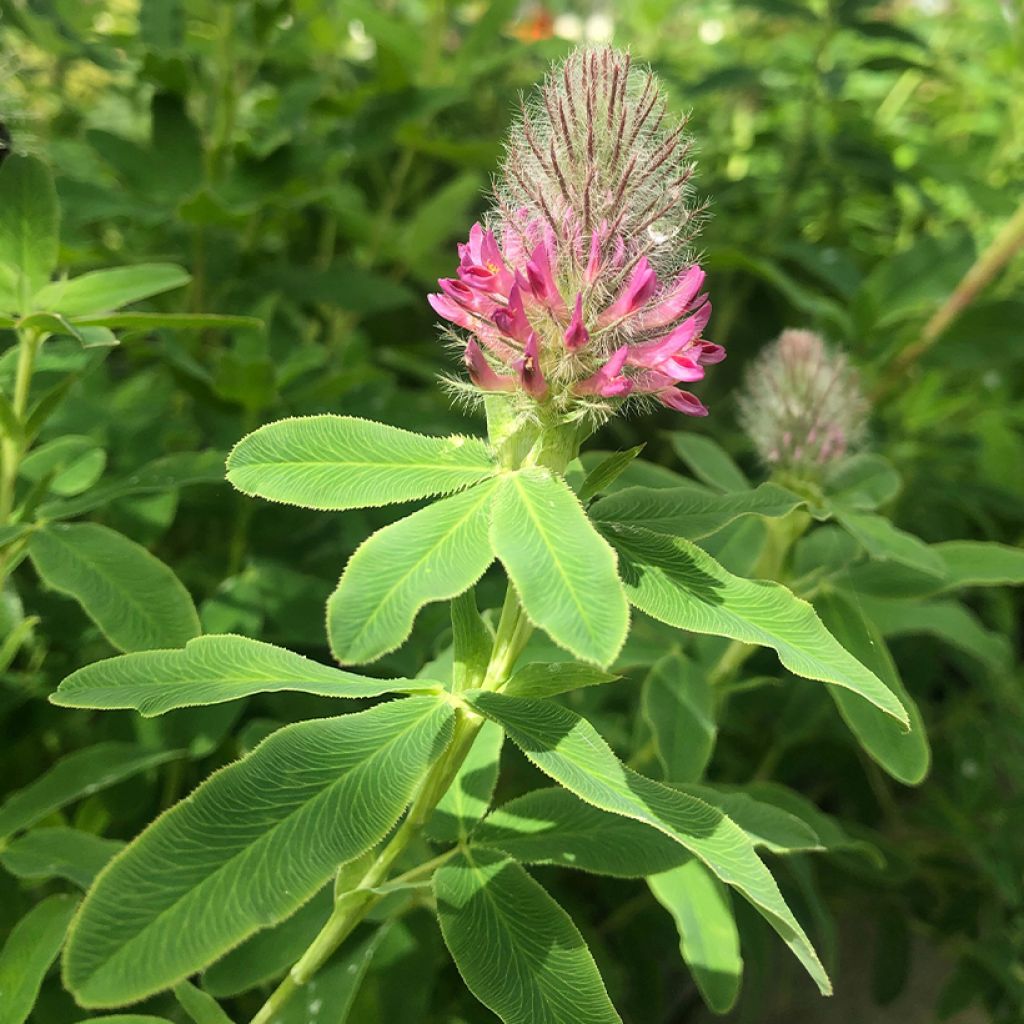

Trifolium rubens
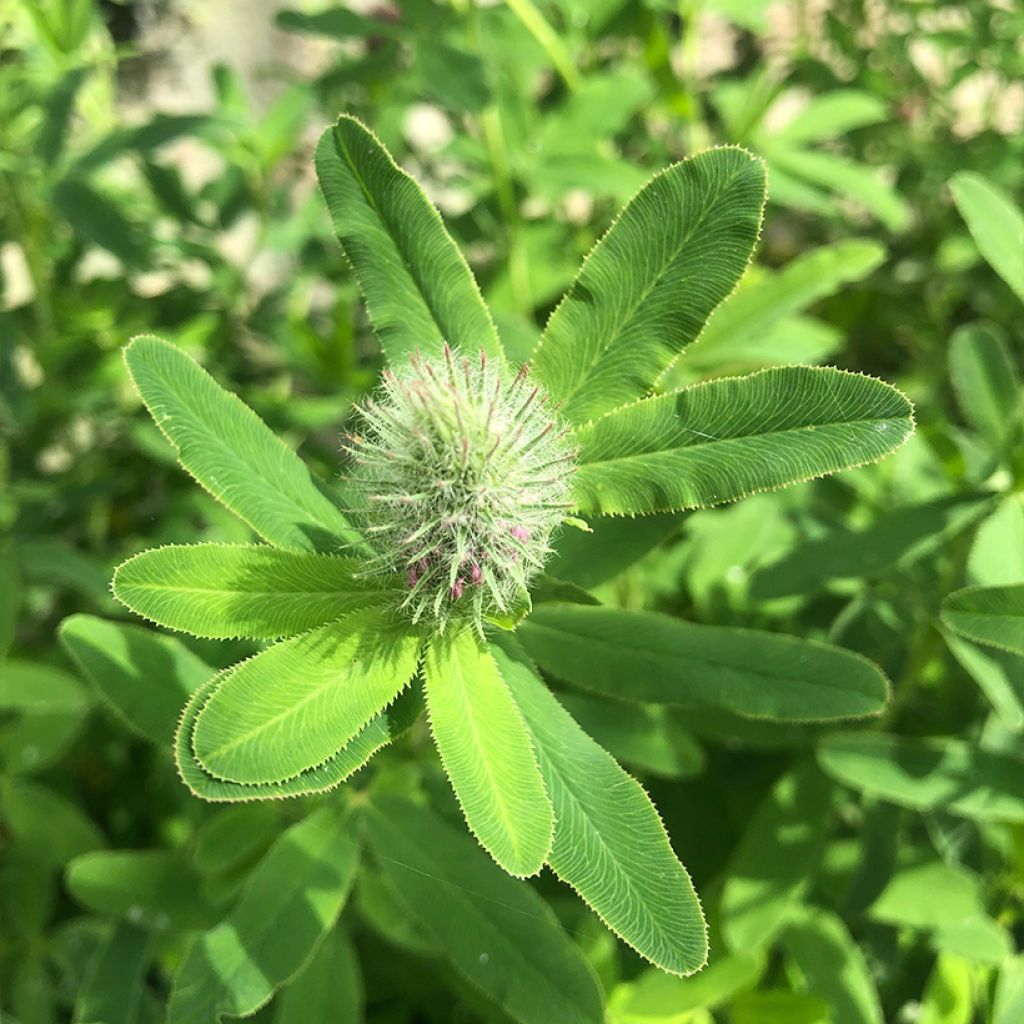

Trifolium rubens
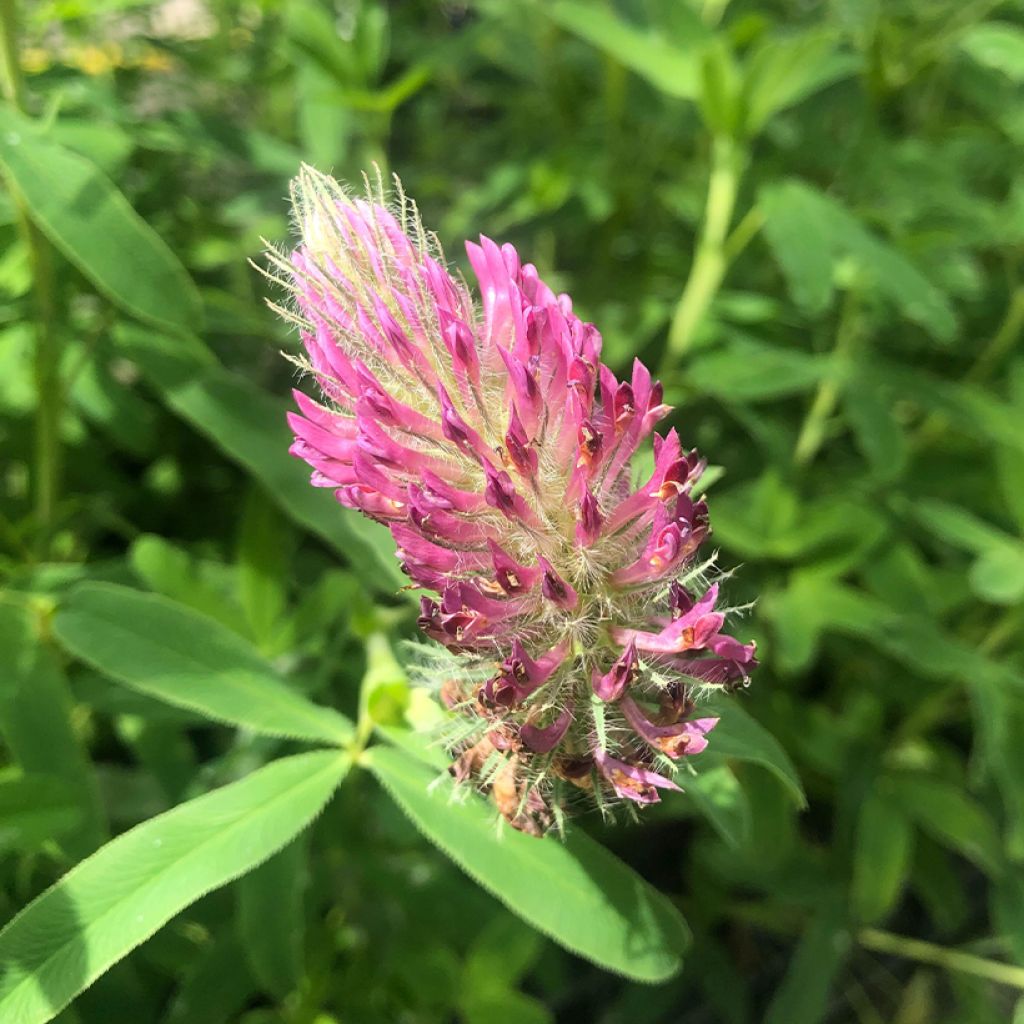

Trifolium rubens
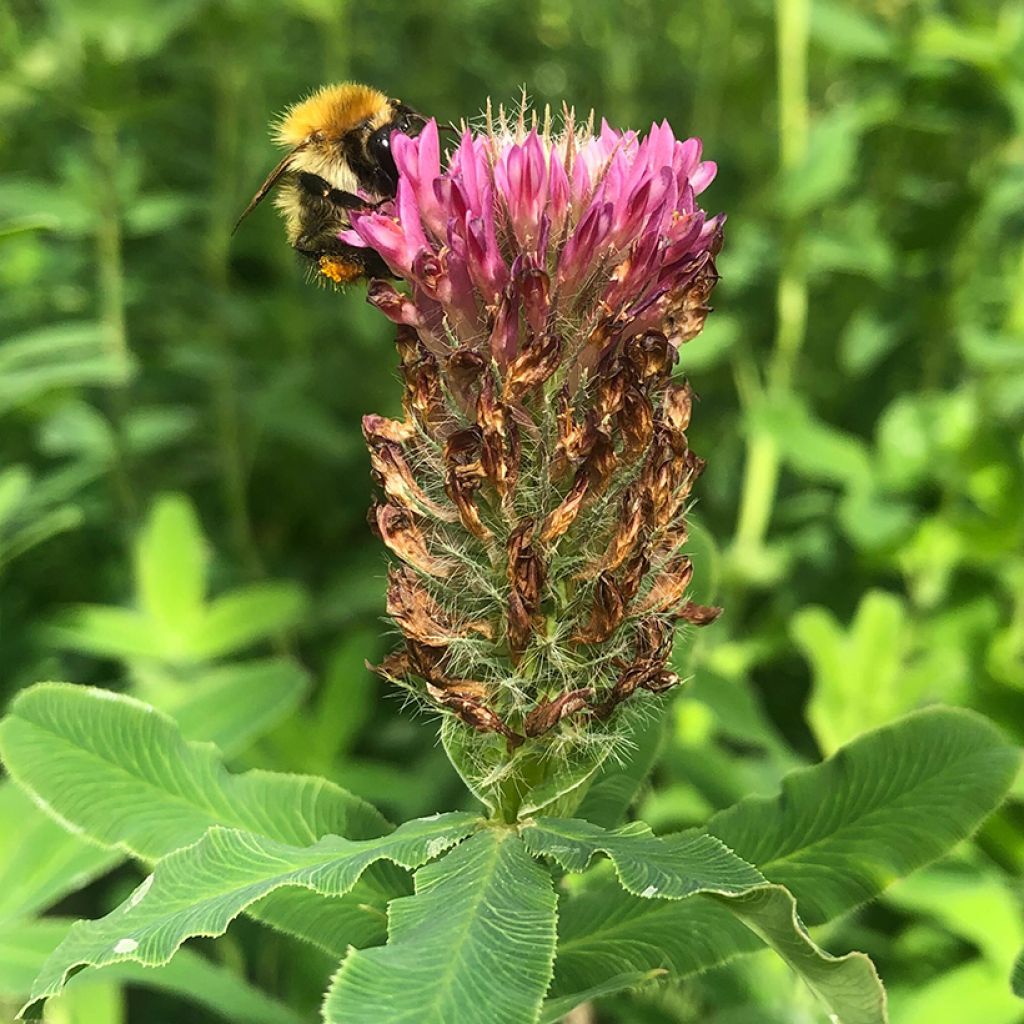

Trifolium rubens
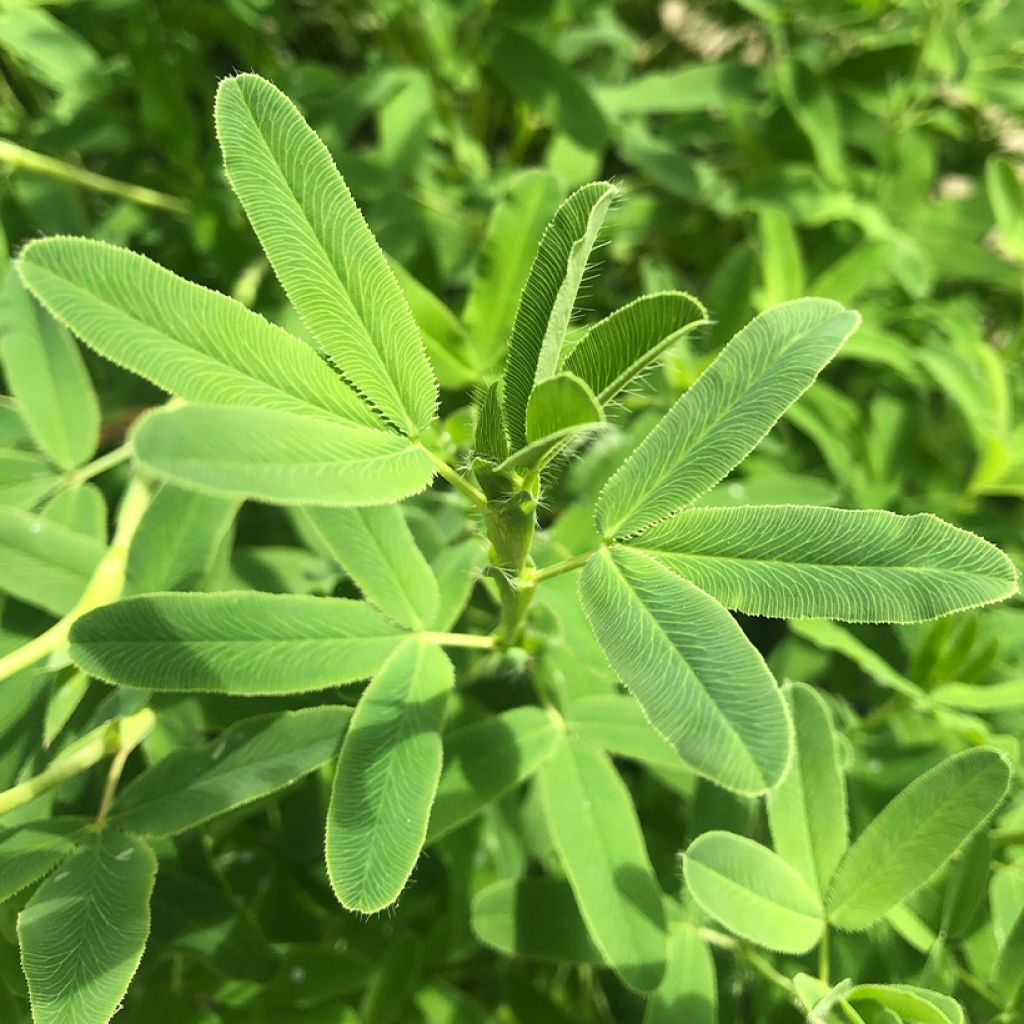

Trifolium rubens
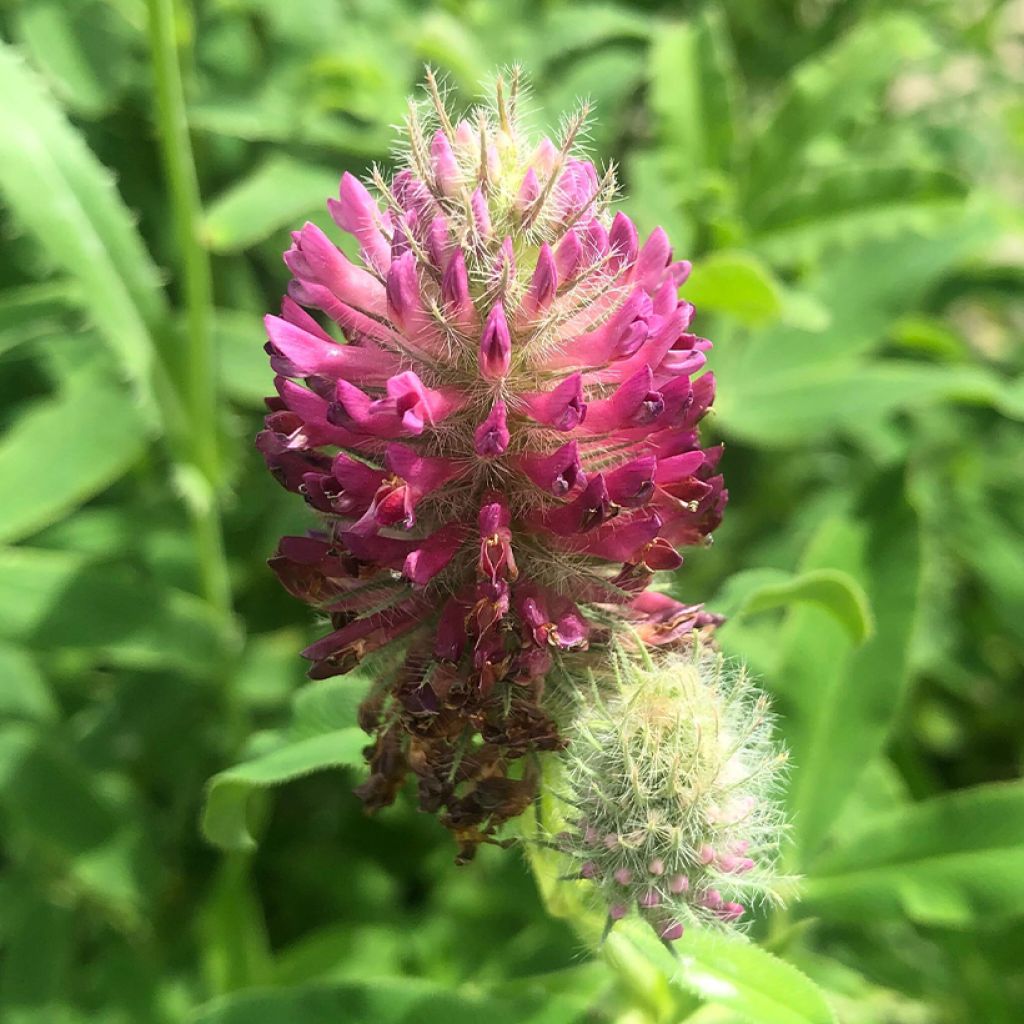

Trifolium rubens
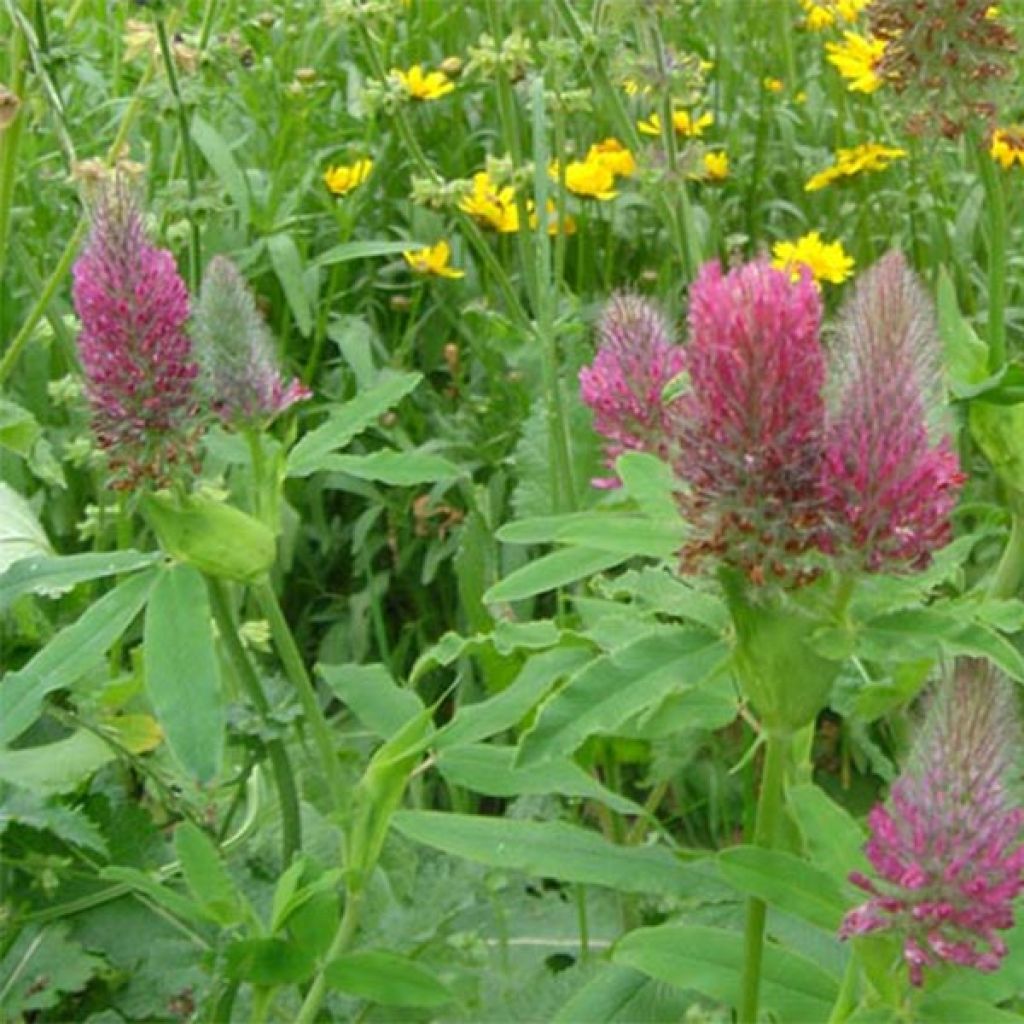

Trifolium rubens
Trifolium rubens
Trifolium rubens
Red Feather Clover, Ornamental Clover, Ruddy Clover
Special offer!
Receive a €20 voucher for any order over €90 (excluding delivery costs, credit notes, and plastic-free options)!
1- Add your favorite plants to your cart.
2- Once you have reached €90, confirm your order (you can even choose the delivery date!).
3- As soon as your order is shipped, you will receive an email containing your voucher code, valid for 3 months (90 days).
Your voucher is unique and can only be used once, for any order with a minimum value of €20, excluding delivery costs.
Can be combined with other current offers, non-divisible and non-refundable.
Home or relay delivery (depending on size and destination)
Schedule delivery date,
and select date in basket
This plant carries a 12 months recovery warranty
More information
We guarantee the quality of our plants for a full growing cycle, and will replace at our expense any plant that fails to recover under normal climatic and planting conditions.

Does this plant fit my garden?
Set up your Plantfit profile →
Description
Trifolium rubens, also known as Red Clover, is a beautiful wild species. This perennial clover is distinguished by its very ornamental, fluffy inflorescences, in the form of large elongated heads composed of many upright pink-purple flowers. It blooms in summer, at the top of leafy stems. Thriving in almost all climates, this very unique clover is ideal for borders and slightly wild slopes, as it keeps weeds under control. Its use is also very interesting in poor soils, due to its ability to loosen and enrich them with nitrogen.
The Ruddy Clover belongs to the large family of legumes and the genus Trifolium, which includes nearly 200 species found on all continents, except for Australia. It is a perennial with a hard stump, native and widespread in southern and central Europe and Armenia, on hillsides and in woods, usually on limestone or clay soil. This perennial forms an upright and dense tuft, 20 to 60 cm (8 to 24in) high, expanding over time through its rooting stems that root at the nodes. The spectacular flowering takes place from June to August depending on the climate. The upright red-purple flowers are gathered in large oblong-cylindrical heads, measuring about 5 cm (2in) in height. Solitary or grouped in pairs, these heads are at the top of leafy floral stems that extend well beyond the foliage. The flowers open from the bottom to the top of the spike, creating a beautiful gradient of red to pink shades. The leaves are divided into 3 entire, narrow leaflets, strongly veined, with toothed margins, bluish-green in color. The fruit, a pod, contains seeds that easily self-sow in light soil.
Trifolium rubens is a very easy-to-grow perennial plant which is versatile and low-maintenance. Its natural charm works wonders in borders and rustic flowerbeds, and proves very useful in a rock garden or the top of a wall, highlighting a pathway, or covering a slightly neglected slope, for example in the company of Pennisetum villosum and the adorable Allium sphaerocephalon or within a very natural flowerbed, associated with Grasses, Sages, Foxgloves. However, care must be taken not to associate it with small delicate or weak perennials, such as certain alpine plants that it would suffocate. It is valuable for bees and helps enrich the soil in which it is planted.
Trifolium rubens in pictures
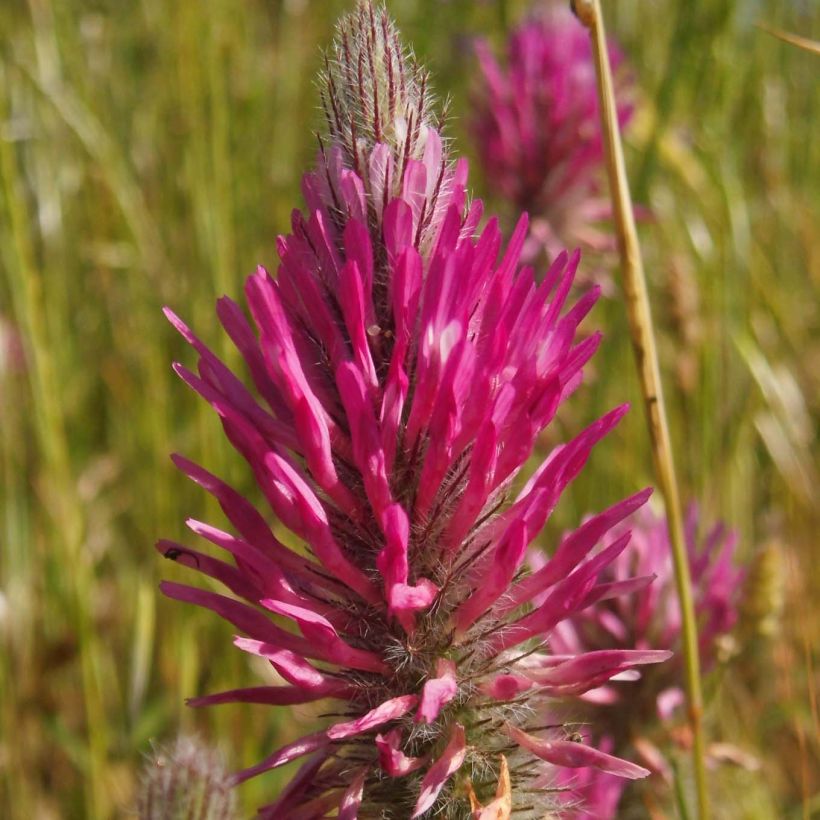

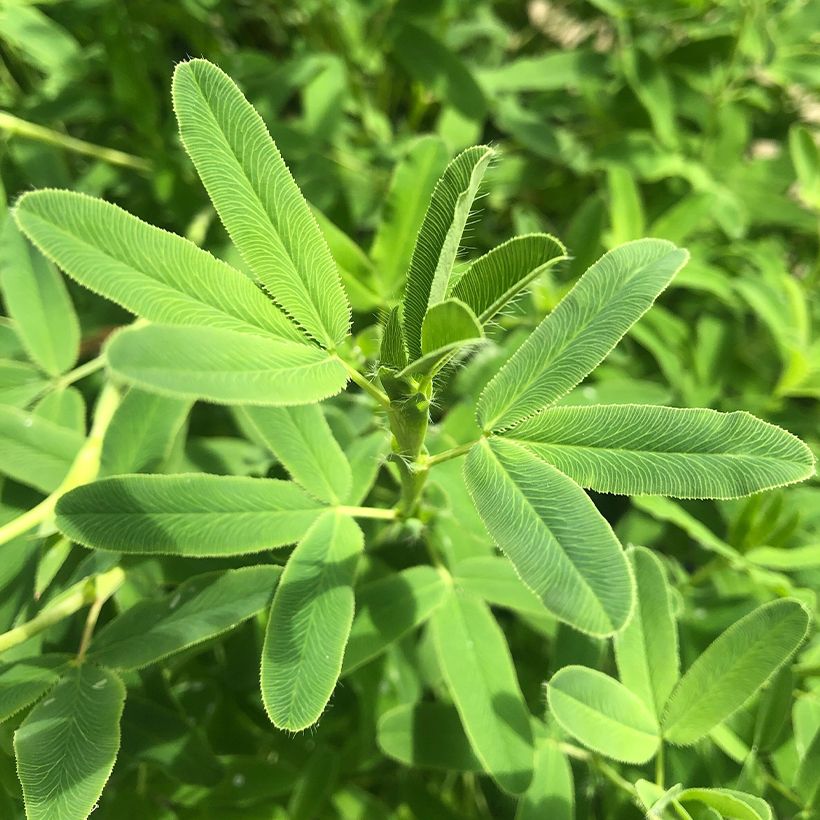

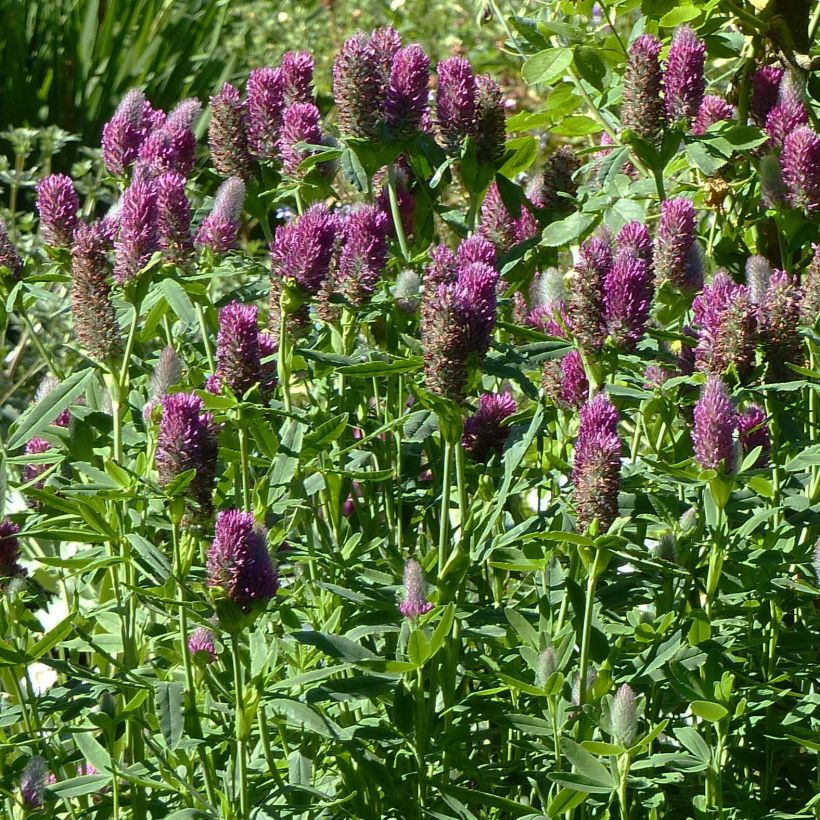

Flowering
Foliage
Plant habit
Botanical data
Trifolium
rubens
Fabaceae
Red Feather Clover, Ornamental Clover, Ruddy Clover
Central Europe
Other Perennials A to Z
View all →Planting and care
Plant the red clover in any ordinary soil, even poor soil or clay and limestone, damp to dry, well-drained, even rocky. Like all legumes, it adapts to poor soils and degraded soils that it helps to enrich. This species prefers sunny and open exposures, but perfectly tolerates the semi-shade of a clear understory or the edge of a grove.
Planting period
Intended location
Care
Planting & care advice
-
, onOrder confirmed
Reply from on Promesse de fleurs
Similar products
Haven't found what you were looking for?
Hardiness is the lowest winter temperature a plant can endure without suffering serious damage or even dying. However, hardiness is affected by location (a sheltered area, such as a patio), protection (winter cover) and soil type (hardiness is improved by well-drained soil).

Photo Sharing Terms & Conditions
In order to encourage gardeners to interact and share their experiences, Promesse de fleurs offers various media enabling content to be uploaded onto its Site - in particular via the ‘Photo sharing’ module.
The User agrees to refrain from:
- Posting any content that is illegal, prejudicial, insulting, racist, inciteful to hatred, revisionist, contrary to public decency, that infringes on privacy or on the privacy rights of third parties, in particular the publicity rights of persons and goods, intellectual property rights, or the right to privacy.
- Submitting content on behalf of a third party;
- Impersonate the identity of a third party and/or publish any personal information about a third party;
In general, the User undertakes to refrain from any unethical behaviour.
All Content (in particular text, comments, files, images, photos, videos, creative works, etc.), which may be subject to property or intellectual property rights, image or other private rights, shall remain the property of the User, subject to the limited rights granted by the terms of the licence granted by Promesse de fleurs as stated below. Users are at liberty to publish or not to publish such Content on the Site, notably via the ‘Photo Sharing’ facility, and accept that this Content shall be made public and freely accessible, notably on the Internet.
Users further acknowledge, undertake to have ,and guarantee that they hold all necessary rights and permissions to publish such material on the Site, in particular with regard to the legislation in force pertaining to any privacy, property, intellectual property, image, or contractual rights, or rights of any other nature. By publishing such Content on the Site, Users acknowledge accepting full liability as publishers of the Content within the meaning of the law, and grant Promesse de fleurs, free of charge, an inclusive, worldwide licence for the said Content for the entire duration of its publication, including all reproduction, representation, up/downloading, displaying, performing, transmission, and storage rights.
Users also grant permission for their name to be linked to the Content and accept that this link may not always be made available.
By engaging in posting material, Users consent to their Content becoming automatically accessible on the Internet, in particular on other sites and/or blogs and/or web pages of the Promesse de fleurs site, including in particular social pages and the Promesse de fleurs catalogue.
Users may secure the removal of entrusted content free of charge by issuing a simple request via our contact form.
The flowering period indicated on our website applies to countries and regions located in USDA zone 8 (France, the United Kingdom, Ireland, the Netherlands, etc.)
It will vary according to where you live:
- In zones 9 to 10 (Italy, Spain, Greece, etc.), flowering will occur about 2 to 4 weeks earlier.
- In zones 6 to 7 (Germany, Poland, Slovenia, and lower mountainous regions), flowering will be delayed by 2 to 3 weeks.
- In zone 5 (Central Europe, Scandinavia), blooming will be delayed by 3 to 5 weeks.
In temperate climates, pruning of spring-flowering shrubs (forsythia, spireas, etc.) should be done just after flowering.
Pruning of summer-flowering shrubs (Indian Lilac, Perovskia, etc.) can be done in winter or spring.
In cold regions as well as with frost-sensitive plants, avoid pruning too early when severe frosts may still occur.
The planting period indicated on our website applies to countries and regions located in USDA zone 8 (France, United Kingdom, Ireland, Netherlands).
It will vary according to where you live:
- In Mediterranean zones (Marseille, Madrid, Milan, etc.), autumn and winter are the best planting periods.
- In continental zones (Strasbourg, Munich, Vienna, etc.), delay planting by 2 to 3 weeks in spring and bring it forward by 2 to 4 weeks in autumn.
- In mountainous regions (the Alps, Pyrenees, Carpathians, etc.), it is best to plant in late spring (May-June) or late summer (August-September).
The harvesting period indicated on our website applies to countries and regions in USDA zone 8 (France, England, Ireland, the Netherlands).
In colder areas (Scandinavia, Poland, Austria...) fruit and vegetable harvests are likely to be delayed by 3-4 weeks.
In warmer areas (Italy, Spain, Greece, etc.), harvesting will probably take place earlier, depending on weather conditions.
The sowing periods indicated on our website apply to countries and regions within USDA Zone 8 (France, UK, Ireland, Netherlands).
In colder areas (Scandinavia, Poland, Austria...), delay any outdoor sowing by 3-4 weeks, or sow under glass.
In warmer climes (Italy, Spain, Greece, etc.), bring outdoor sowing forward by a few weeks.






























